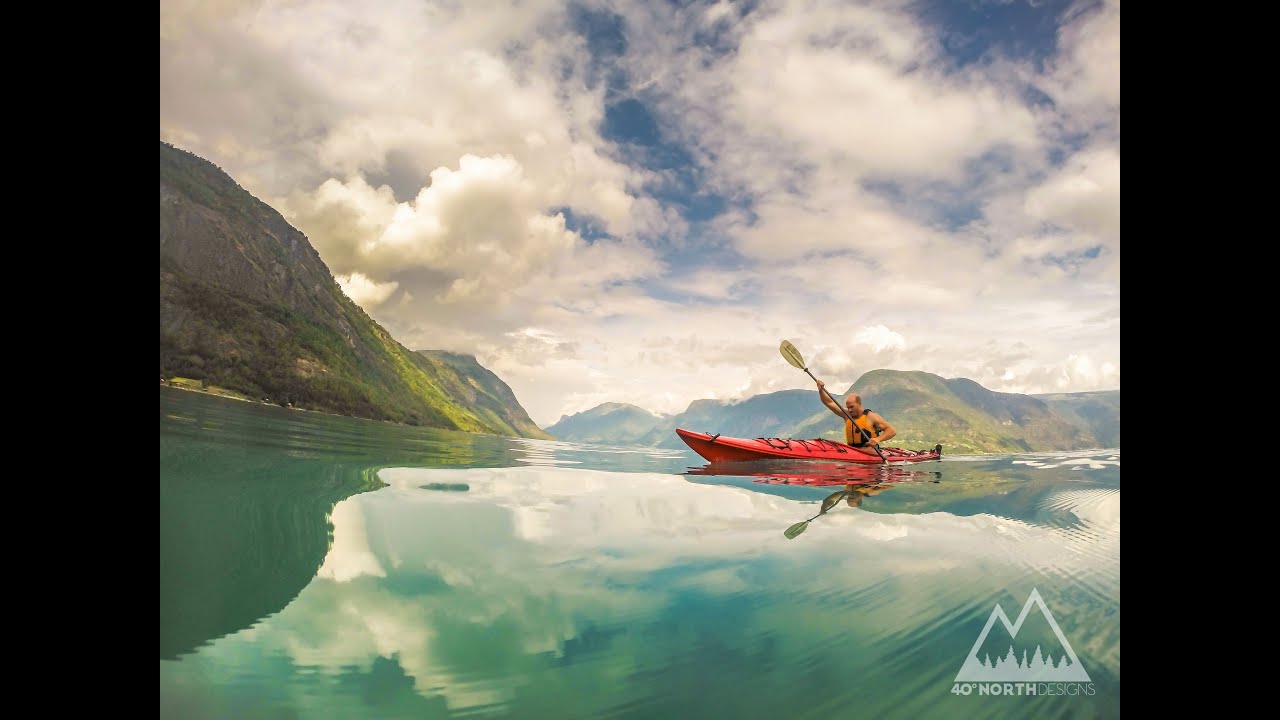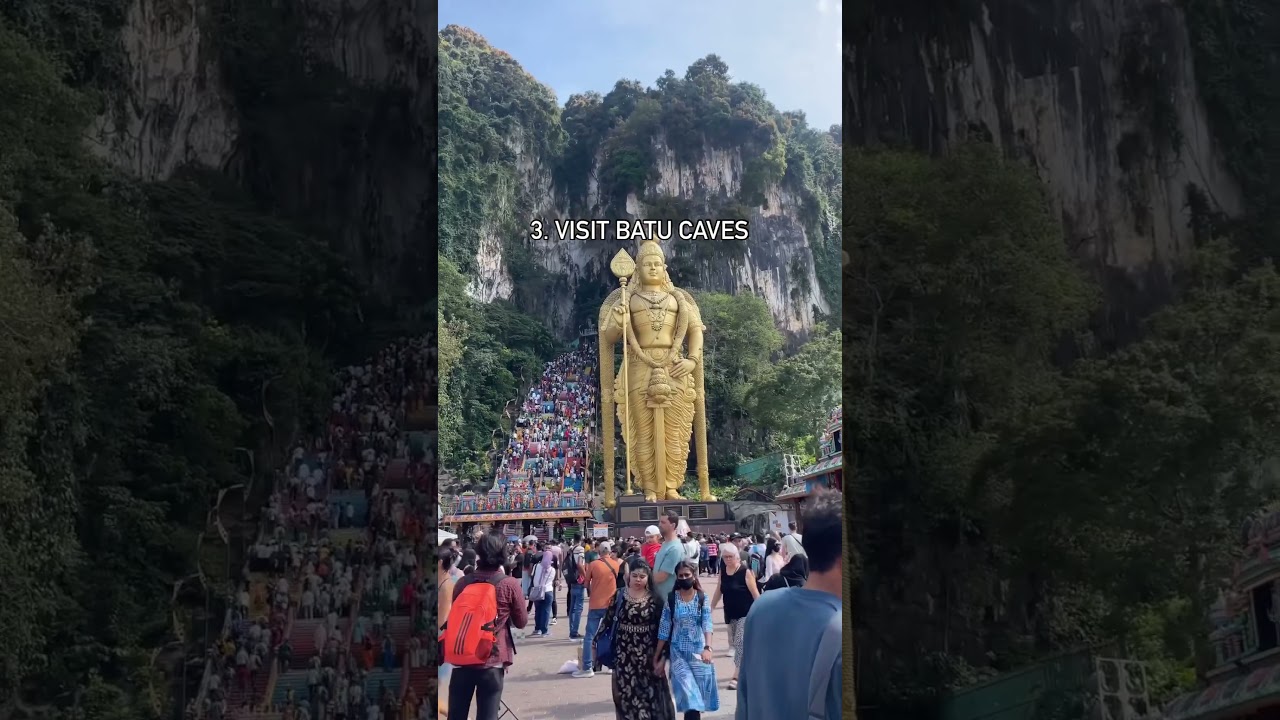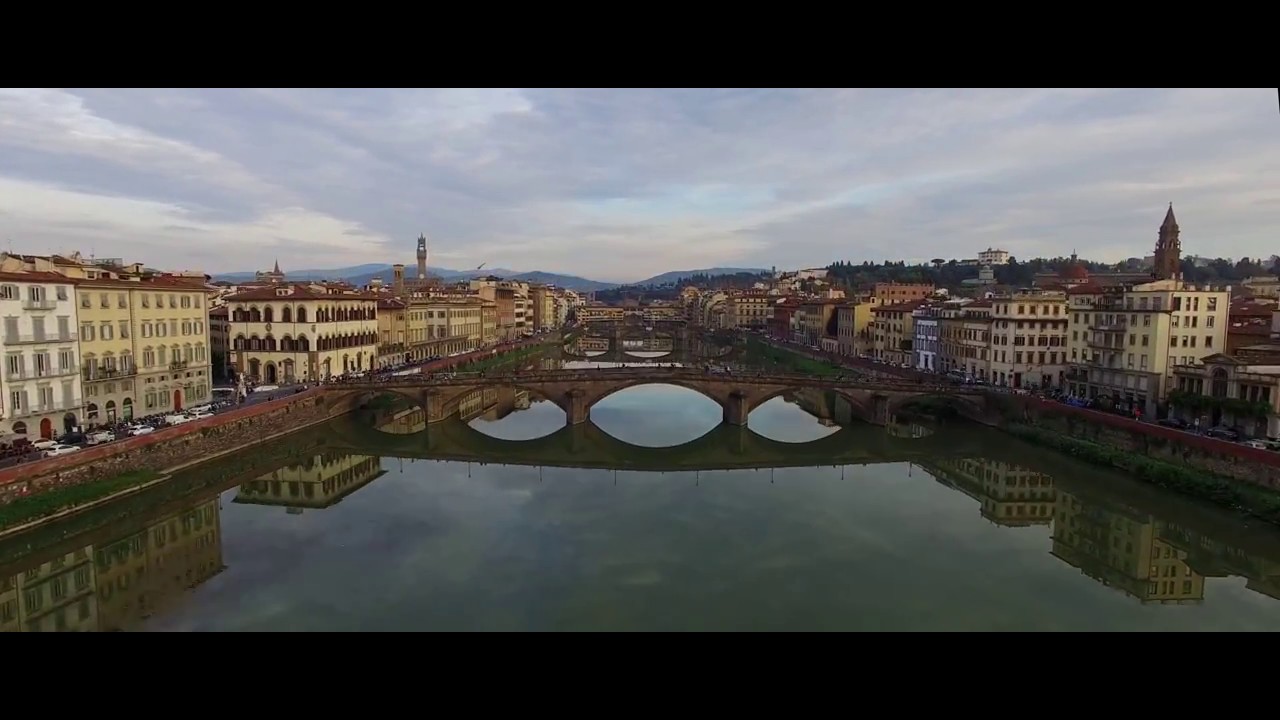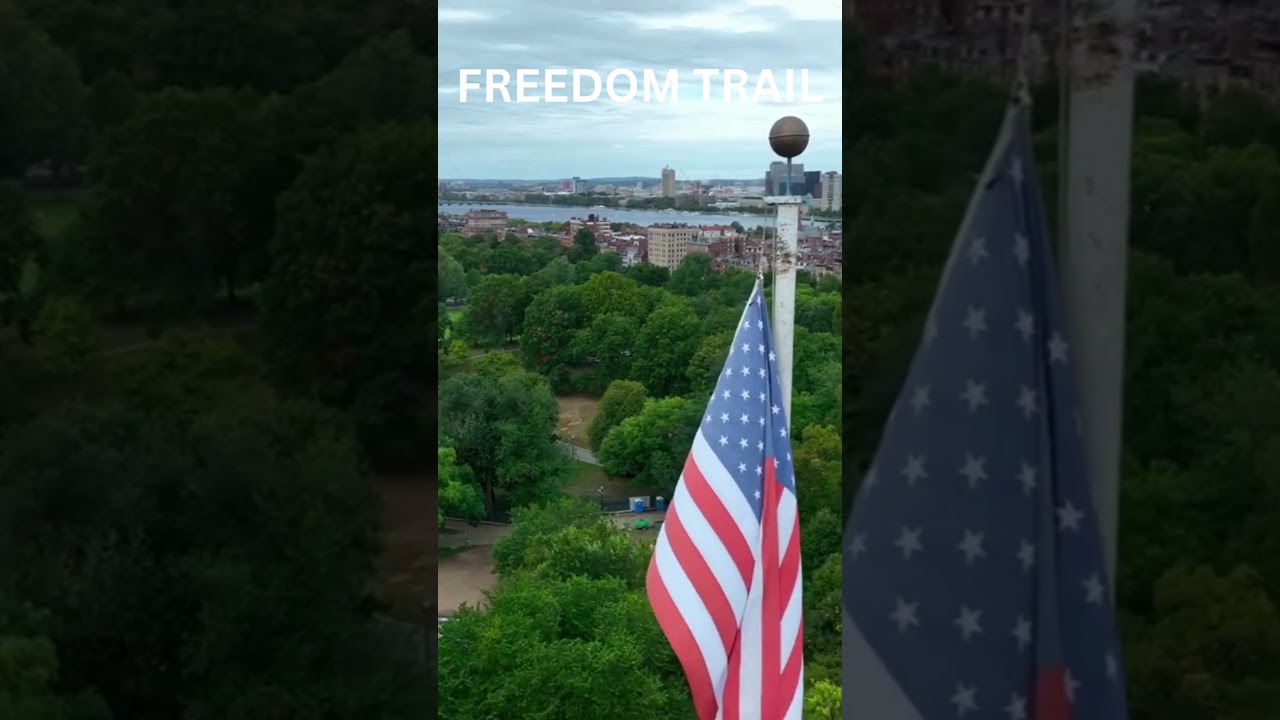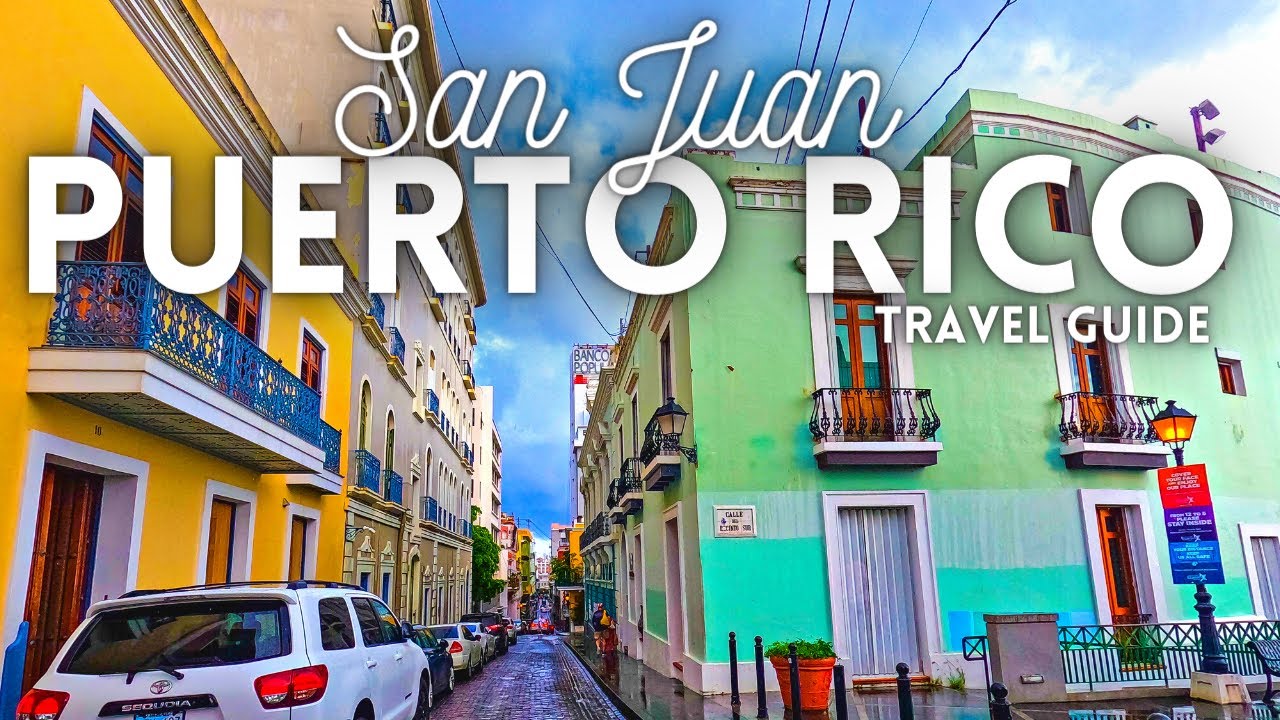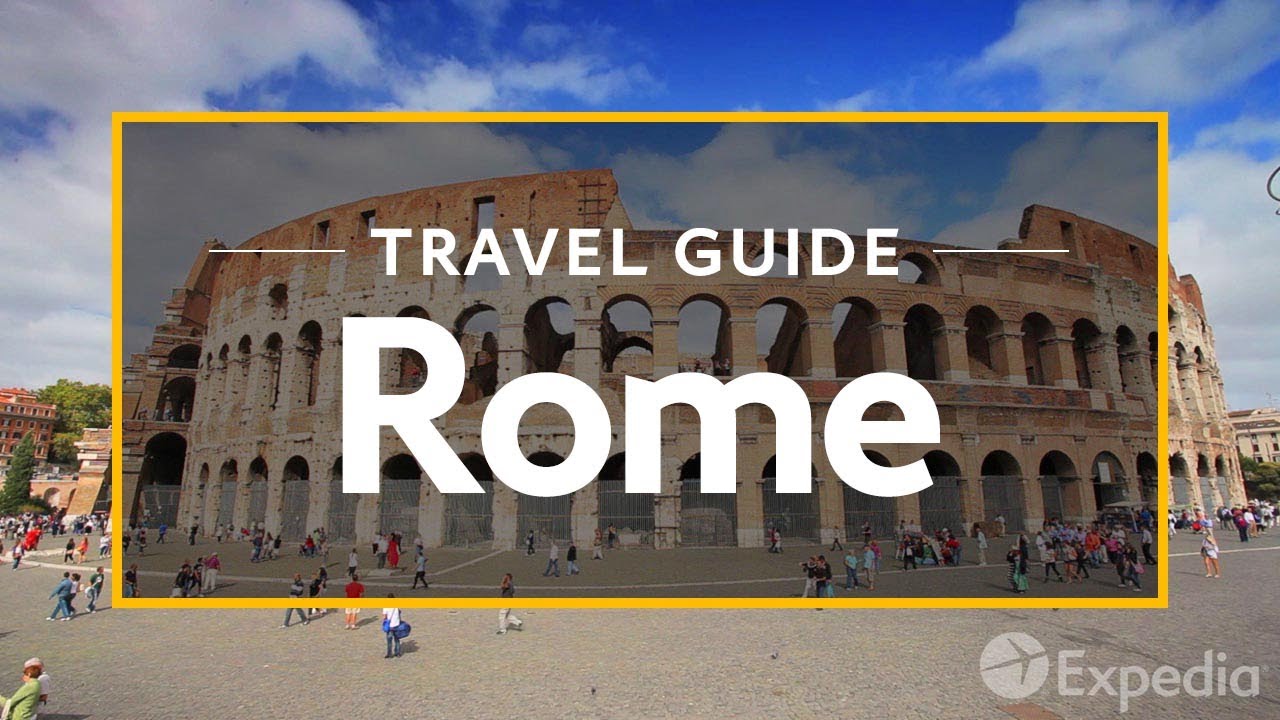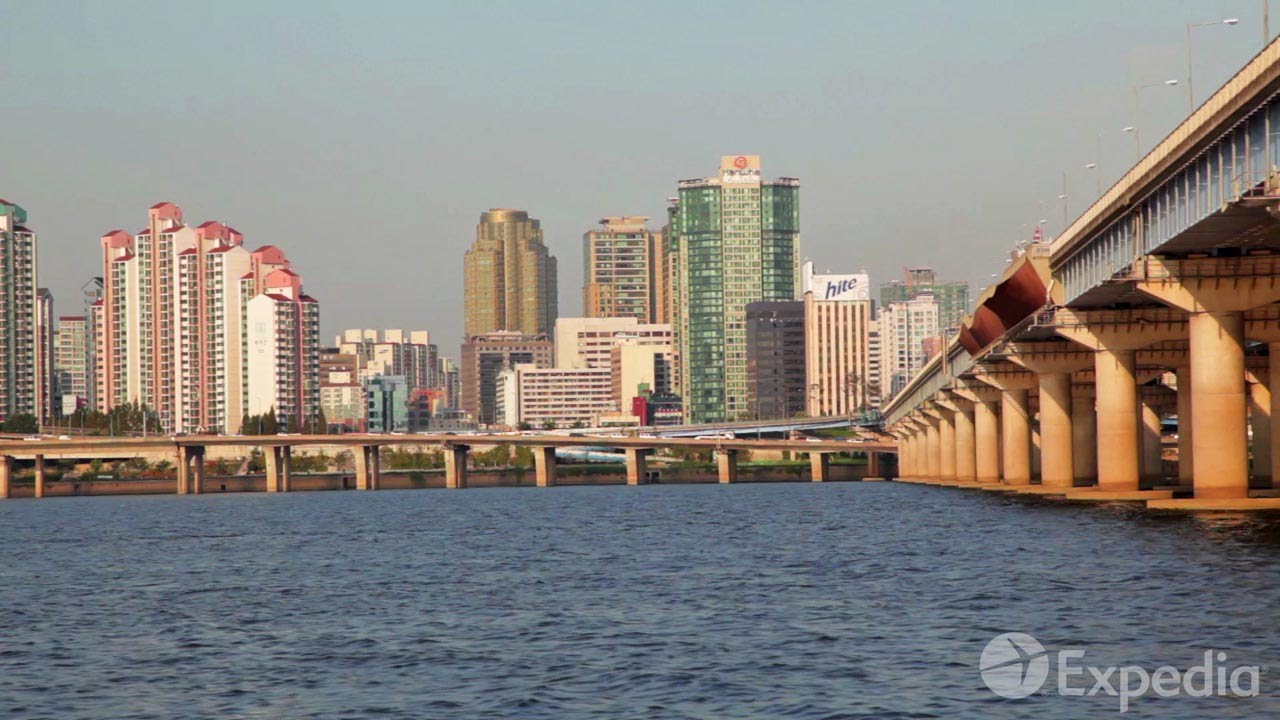Swiss Alps Travel Guide
Best Regions to Visit
The Swiss Alps are vast, and different regions offer distinct experiences. Here are some of the most popular and recommended:
-
Jungfrau Region (Bernese Oberland):
- Highlights: Home to the iconic Eiger, Mönch, and Jungfrau peaks. This region is a postcard-perfect Swiss landscape of dramatic mountains, cascading waterfalls, and picturesque villages.
- Towns/Villages: Interlaken (the adventure hub), Lauterbrunnen (the “Valley of 72 Waterfalls”), Grindelwald (the “Glacier Village”), Mürren, and Wengen (car-free villages).
- Top Attractions:
- Jungfraujoch – “Top of Europe”: Europe’s highest railway station, offering incredible views of glaciers, snowy peaks, an Ice Palace, and the Sphinx Observatory. It’s an expensive but often considered a once-in-a-lifetime experience.
- Schilthorn – Piz Gloria: Famous for its revolving restaurant (featured in James Bond’s “On Her Majesty’s Secret Service”) and panoramic views of the Eiger, Mönch, and Jungfrau. Don’t miss the Birg Thrill Walk.
- Grindelwald First: Offers thrilling activities like the First Cliff Walk, First Flyer (zip-line), First Glider (eagle-like ride), and mountain carting.
- Trümmelbach Falls (Lauterbrunnen): A series of ten glacier waterfalls inside the mountain, accessible by a tunnel-funicular.
- Harder Kulm (Interlaken): Interlaken’s “home mountain,” offering panoramic views of Interlaken, Lake Thun, Lake Brienz, and the Eiger, Mönch, and Jungfrau.
-
Zermatt (Valais):
- Highlights: Dominated by the majestic Matterhorn, one of the world’s most photographed mountains. Zermatt is a car-free village, contributing to its pristine alpine atmosphere.
- Top Attractions:
- Matterhorn Glacier Paradise: Europe’s highest cable car station, offering incredible views, a glacier palace, and year-round skiing.
- Gornergrat Railway: Europe’s highest open-air cogwheel railway, providing stunning views of the Matterhorn, Monte Rosa, and the Gorner Glacier.
- Hiking and Mountaineering: Over 400 km of hiking trails with various difficulty levels.
- Skiing and Snowboarding: World-class slopes during winter.
-
Lucerne & Central Switzerland:
- Highlights: A beautiful city on Lake Lucerne with an impressive mountain backdrop. It’s a great base for exploring nearby peaks and scenic routes.
- Top Attractions:
- Mount Pilatus: Known as the “Dragon Mountain,” accessible by the world’s steepest cogwheel railway (in summer) or gondolas/aerial cableways. Offers panoramic views and various activities.
- Mount Rigi – “Queen of the Mountains”: Europe’s oldest mountain railway takes you to the summit, offering 360-degree views of Lake Lucerne, the Alps, and the plains. It’s often free with a Swiss Travel Pass.
- Stanserhorn: Features the world’s first open-top, double-decker cable car (CabriO).
- Lake Lucerne Cruise: Enjoy scenic boat trips on the beautiful lake.
-
St. Moritz (Engadine Valley, Graubünden):
- Highlights: A glamorous, high-end alpine resort known for luxury, winter sports, and a sophisticated atmosphere.
- Top Attractions: World-class skiing and snowboarding, ice sports on the frozen lake, high-end shopping, and luxurious spas. It’s a playground for the rich and famous.
General Travel Tips for the Swiss Alps
-
Best Time to Visit:
- Summer (June-September): Ideal for hiking, mountain biking, paragliding, and enjoying the green landscapes and wildflowers. Days are long and weather is generally pleasant.
- Winter (December-March): Perfect for skiing, snowboarding, and other winter sports. The landscapes are covered in snow, creating a magical atmosphere.
- Shoulder Seasons (April-May, October-November): Can be quieter and more affordable, but some mountain transport and trails might be closed for maintenance or due to snow conditions.
-
Currency: Swiss Franc (CHF). While Euros might be accepted in some tourist spots, you’ll generally get a better rate paying in CHF. Credit cards are widely accepted.
-
Language: Switzerland has four national languages: German, French, Italian, and Romansh. English is widely spoken in tourist areas.
-
Transportation:
- Trains: Switzerland has an incredibly efficient and punctual train system. It’s often the best way to travel between regions and even up into the mountains.
- Mountain Transport: A vast network of cogwheel trains, funiculars, gondolas, and cable cars provides access to even the highest peaks.
- Swiss Travel Pass: This is highly recommended for most tourists. It offers unlimited travel on trains, buses, and boats across Switzerland, free entry to over 500 museums, and often 50% (or even 100%) discounts on mountain excursions. It can save you a lot of money and hassle.
- Driving: While possible, a car is not necessary given the excellent public transport. If driving, you’ll need a motorway vignette (sticker) for Swiss autobahns (40 CHF, valid for a calendar year).
-
What to Pack:
- Layers: Weather in the mountains can change quickly, so pack layers, even in summer.
- Good Walking/Hiking Shoes: Essential for exploring.
- Rain Gear: A waterproof jacket is always a good idea.
- Sunscreen, Sunglasses, Hat: The sun’s intensity is stronger at higher altitudes.
- Adapter: Switzerland uses Type J power sockets (three round pins), which is different from most of Europe (Type C/F).
-
Cost: Switzerland is known for being expensive.
- Save Money: Consider cooking some meals, buying groceries from Coop or Migros, refilling water bottles from taps (drinking water is excellent), and utilizing the Swiss Travel Pass.
- Tipping: Not generally expected as a service charge is often included, but rounding up a small amount is appreciated for excellent service.
-
Respect Nature and Local Customs: Stick to marked trails, pack out what you pack in, and respect local traditions in villages.
The Swiss Alps offer a magical experience that combines adventure with unparalleled scenic beauty. Enjoy planning your trip!



